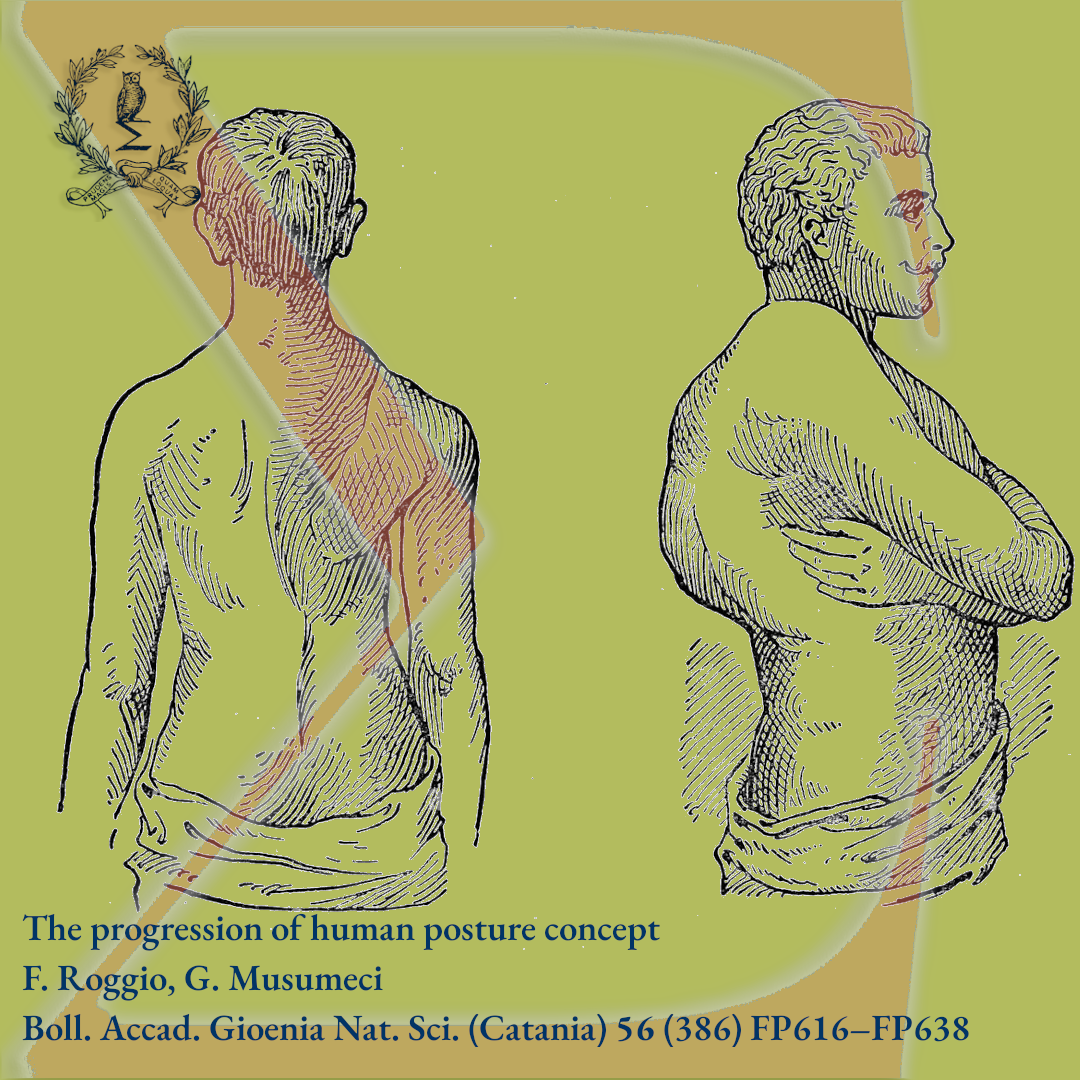The progression of human posture concept and advances in postural assessment techniques
Abstract
This narrative review delves into the historical and evolutionary aspects of human bipedal upright posture, tracing its development from anthropological perspectives to modern postural analysis methods. It examines the multifaceted factors influencing the evolution of upright posture in human ancestors, challenging the notion of a singular cause. The review highlights various environmental and social hypotheses, such as the need for gathering food, self-defense, or tool use, which may have contributed to this significant evolutionary shift. The concept of posture has been interpreted differently across historical periods, reflecting the prevailing cultural and scientific understanding. From Aristotle’s view of upright posture as a divine gift to Johann Gottfried Herder’s perspective of it as a distinguishing human characteristic from animals, and to the more contemporary views of Henry and Florence Kendall, the evolution of the concept mirrors the changing paradigms in human thought. The development of methods for evaluating posture is also a key focus. The review traces the journey from the introduction of the plumb line in the 1850s, a simple yet effective tool for assessing spinal asymmetries, to the advent of the Adams test and the scoliometer, which revolutionized scoliosis diagnosis. Today, advanced techniques like rasterstereography and AI-based methods offer sophisticated, non-invasive means for detailed posture analysis, minimizing errors and maximizing efficiency. The review emphasizes the ongoing importance of posture in the context of overall health, underscoring the adage of a healthy mind in a healthy body. It illustrates how the study of posture, from its evolutionary roots to modern analytical tools, remains a vital aspect of understanding human health and well-being.


